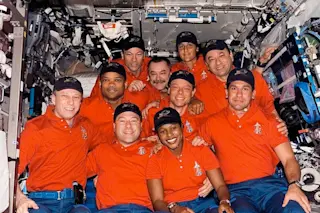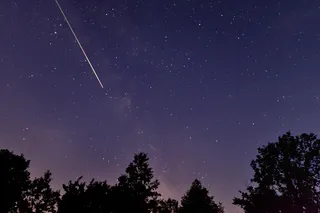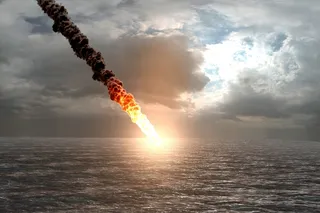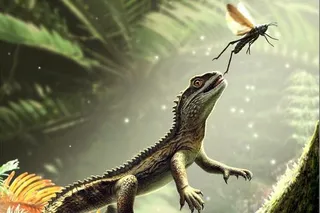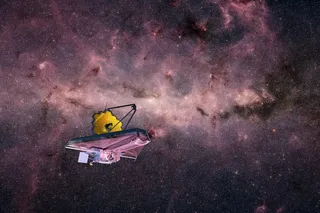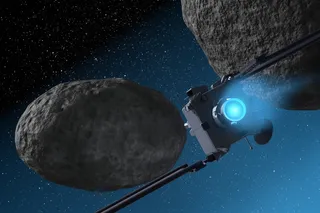Once or twice before I've made a case for diversity as a hallmark of good science fiction. Regardless of one's present political affiliations, we like our sci-fi casts to be a plurality of uncanny and unfamiliar characters. The future of our species is, in part, dependent upon how well we get along with other forms of sentient life. So which stellar explorers would earn the stamp of approval from the Rainbow Coalition of the 24½th Century? After weeding out (most) all-human crews (sorry BSG!) and some of the less well-known teams (sorry Bucky O'Hare!), I've come up with a top five list. We've got genetic mutants, alcoholic robots, holograms, bisexual aliens, snarky A.I., clones, cryonauts, cyborgs, and every variant of human being imaginable. Did I leave anyone out? 5. The Space Shuttle Discovery Crew Mission STS-116 (pictured above) The only all-human (and real) crew on my list, the STS-116 mission ...
Rainbow Federation: The 5 Most Diverse Crews in Space
Explore how diversity in science fiction enhances narratives, featuring iconic shows like Mass Effect and Star Trek.
More on Discover
Stay Curious
SubscribeTo The Magazine
Save up to 40% off the cover price when you subscribe to Discover magazine.
Subscribe

